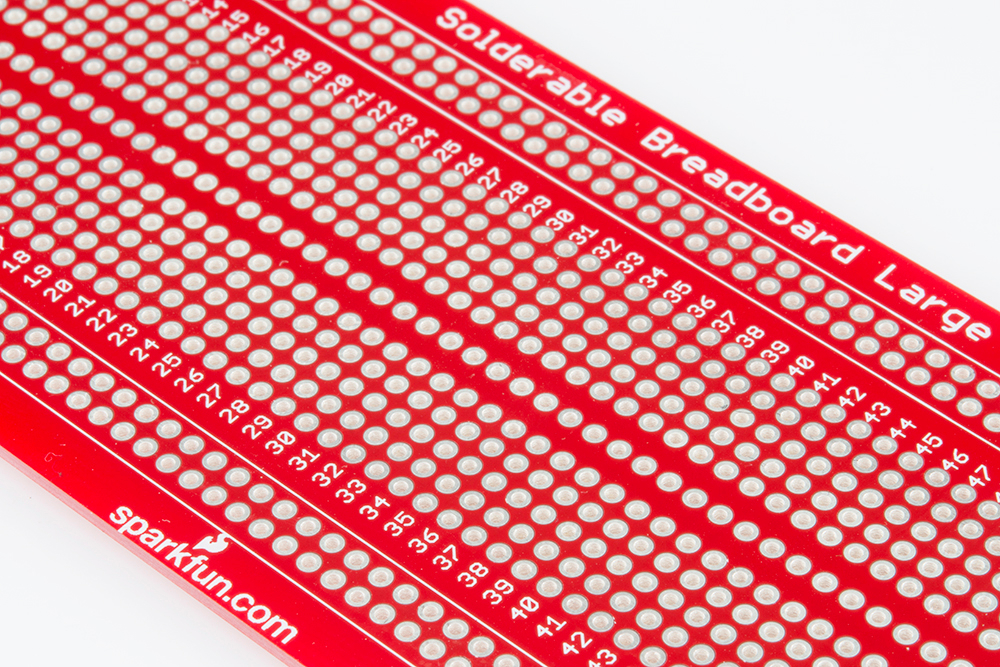Big, exciting updates on the SS-30M progress coming soon!
But in the meantime, here's a very interesting video from GForce Software. Billy Currie (of Ultravox fame) talks about stringers with reference to the Elka Rhapsody and SS-30 in particular. He describes how both were used on the smash hit Vienna for different parts, their relative strengths emulating real strings and the feel of each.The video is to promote the Virtual String Machine/Re-Strings plug-in emulation of strings machines,
In the video Billy is at the GForce studio and is playing the mother of all string synths - the Freeman String Symphoniser.I might have to write something about that one day (and correct a few of my mistakes).
I've written some commentary on what he's saying as it's just a general chat really and some of the points fly past pretty quickly. I then took the opportunity to write an analysis of how the SS-30 and Rhapsody were used on Vienna "of course you've got to talk about Vienna".
So Much For Solina
Ultravox were doing experimental things so they decided to get a strings machine. I'm not sure quite what that means, but I think this would be part of a general move towards electronics. It was the Solina they got first though. Billy doesn't like it because it was 'so weak'. He was not impressed! "Very middle of the road" and a "Mantovani" type of sound.So then they got the Elka Rhapsody. The Elka had an "emotional" character. This matched his interest in German classical music gained at music college - Schoenberg, Bartok etc. And by extension then Kraftwerk and the "emotional and lost" feel. In Particular on The Ascent - from Rage In Eden
This string's something to me.
Violinistic
For Vienna the SS-30 was used on the chorus because it was violinistic (that this a word, btw). What Billy wanted was the right envelope because as a violin player he wanted to play it like a violin. It was obviously to Billy's liking when compared to other stringers for this reason. He sings and mimes the way a violinist would play to better describe the effect.
As he says: "You could do a very slow fade in" and "You were able to create the feeling of a bow". The SS-30 attack is actually quite short, even in the 'Slow' setting, but we're dealing with the articulation of a bowed string, and not a slow fade in.This was in contrast to sustaining the notes as suggested to him later by the guys from Mellotron (Streetly?).
I think it's quite hard to hear what he's talking about on the first two choruses though. He's specifically referring to the melody, which is picked out on piano. The strings are following the piano part but the piano dominates your attention. The strings are more washy. You need to pay a bit more attention to notice that they are following the piano. I think that's because they first sustain into chorus and then out to the "Oh, Vienna" line. You are somehow distracted from the way they articulate in the melodic phrase. The final chorus is more definitive though and this time you are left in no doubt.
In a way it's similar to how ABBA used the SS30 on Gimme Gimme. It's right there, in the hook, but as an undertone.
In this video you can see Billy playing the part on the SS30, which gives you a better idea of what he was doing - the sound is quite poor on this though.
He doesn't really mention the bridge into the chorus, which is arguably a slower attack. This is more of a swell though and I wonder if the volume pedal was used here.
Middle String Section
The middle section is preceded with an instrumental version of the verse. The piano takes the lead here with a single high pitched sting over the top. It's not clear which stringer but the higher parts tend to be Elka.Then the middle section proper starts with a cello from the SS30 - "Great sound". This is the simple descending figure underpinning Billy's violin part. The attack is slow and it tucks in behind the beat to counter the synth bass line.
I have to agree that it does sound very authentic. Very wooden.
Then the orchestral part which comes in next is the Elka. I assume this was chosen here because of the feel. The sound is somehow 'shinier'. And then you can contrast it with the SS30 which comes marching in for the climactic final chorus. The SS30 sees the track out with one last sustained chord.
There you have it a pop masterpiece helped along by the SS-30.









